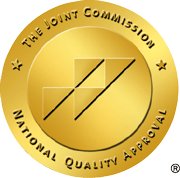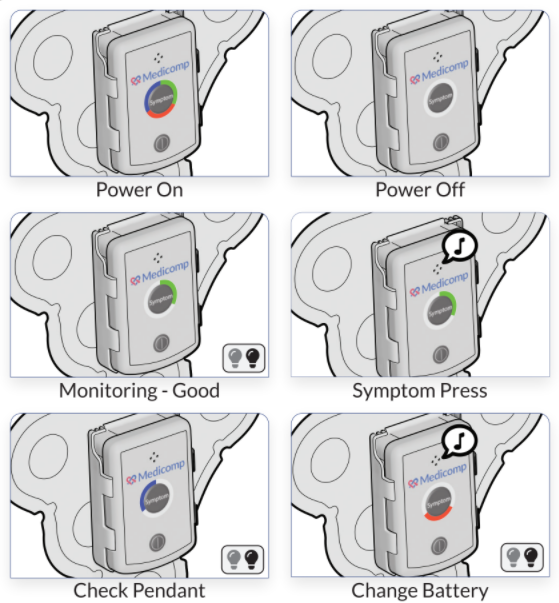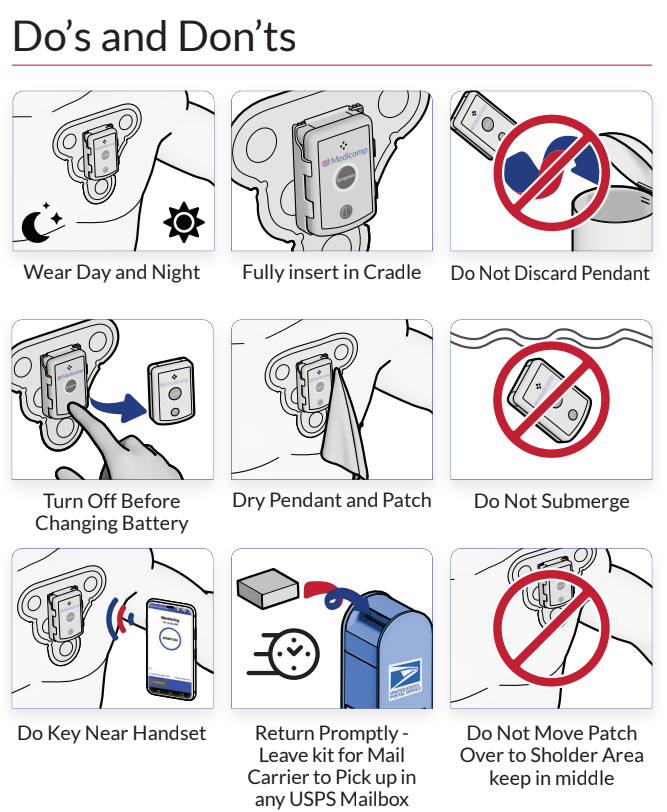Congenital heart defects are heart abnormalities that are present at birth, and often times aren’t detrimental to the health of a child. Although, there are cases where it may be more severe, infants who are diagnosed with a congenital heart defect could require medication or surgery soon after birth. What type of cardiac monitoring tests and methods can be used to help identify heart defects?
Fetal Echocardiogram: As one of the most often used to detect cardiac conditions, fetal echocardiograms are done during pregnancy to help determine cardiac defects, the most common of birth defects. It’s able to tell if the unborn baby has a heart defect before it’s born and can contribute to helping doctors diagnose the problem and plan for treatment. The fetal echo is done using an ultrasound and can detect nearly 100% of congenital heart defects, but most patients only opt for a general ultrasound, which only detects around a third of heart diseases.
Heart Monitor: Similar to an ECG, Holter monitors or event monitors can be used to record your heart for an extended period of time, typically 1 to 3 days. It is fitted to the patient and worn routinely to help determine how your heart functions on a day to day basis. The doctor will then take the recording and use the findings to help diagnose any issues.
Echocardiogram (ECG): This is done after the infant is born and allows doctors to see recorded pictures of your child’s heart and is one of the most widely used tests for diagnoses in cardiology. The test shows doctors how the heart is currently performing and also shows the structure of the heart including heart valves, chambers and movement. The test is performed as the patient lays down on their back with electrodes placed on your chest along with a transducer, a tool used to produce sound waves that converts to pictures that show your moving heart.
Pulse Oximeter: A device used to display the amount of oxygen in the blood can help determine the existence of a heart defect if there is a lack of oxygen. The oximeter is generally placed on the finger, earlobe or toe and is used instead of taking an actual blood sample to measure oxygen levels.
ReactDx Inc specializes in providing doctors with more accurate cardiac diagnoses. Our cardiac monitoring solutions provide informative data that can help you lead a healthier life. Contact us today at 1-800-23-HEART to find out more information about our cardiac monitors and solutions.



